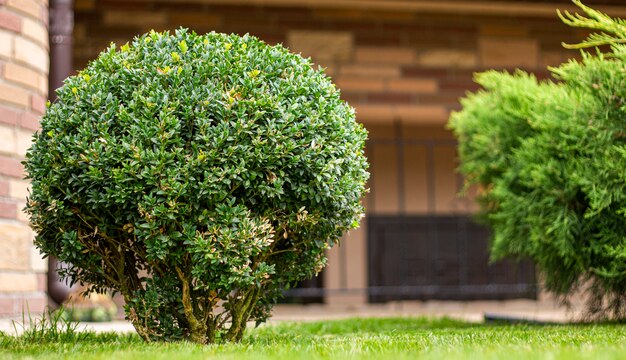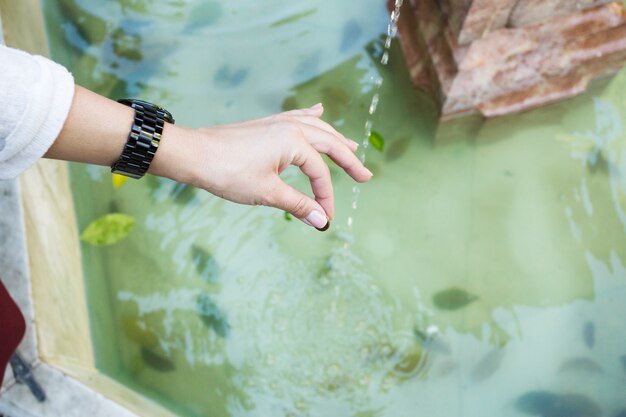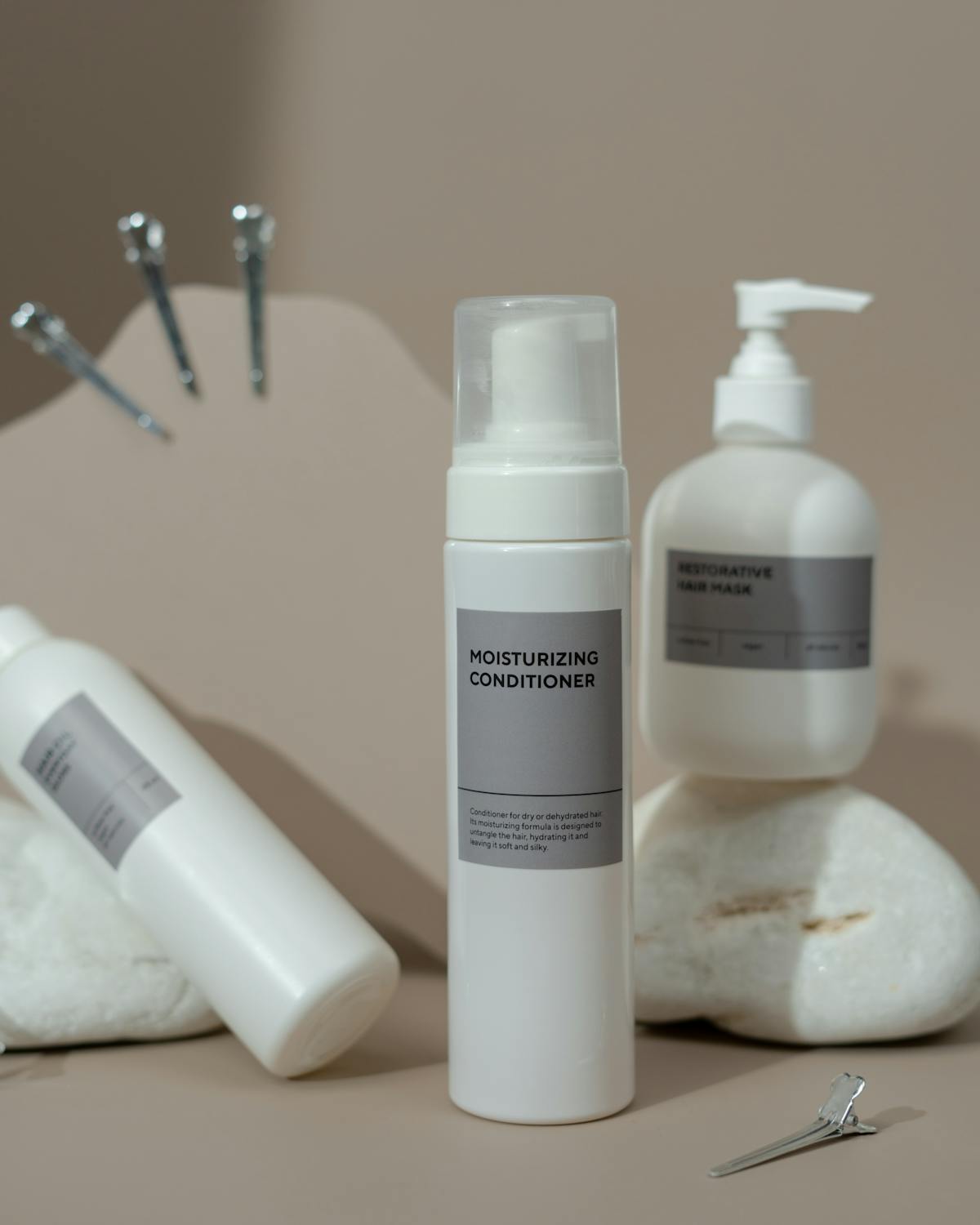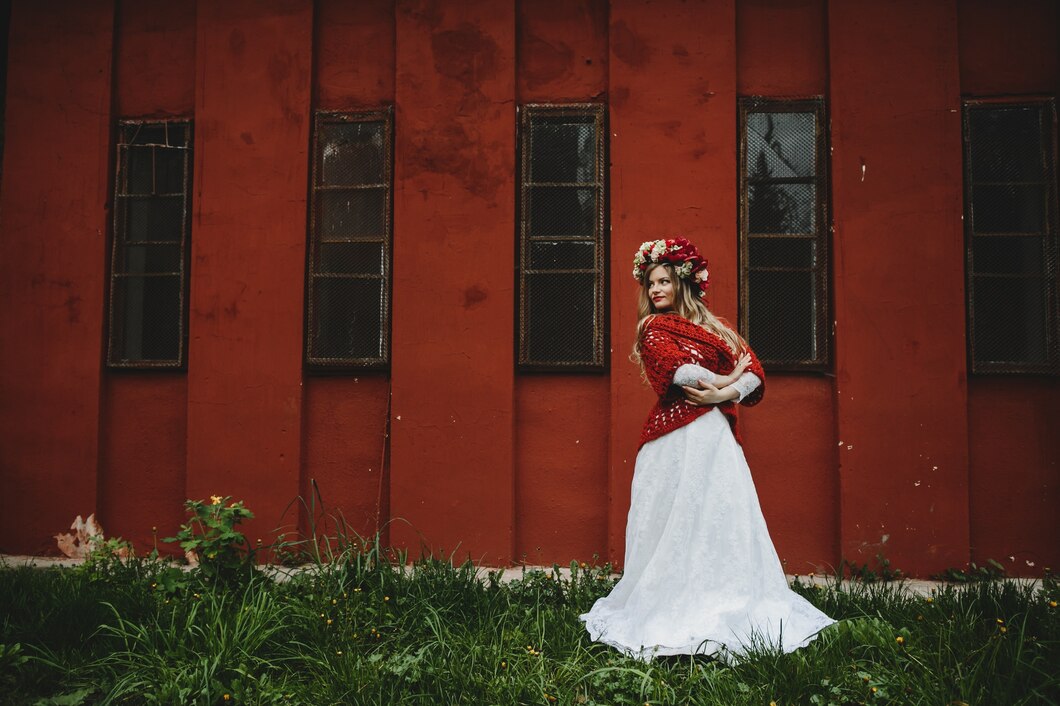Introduction
Green Beauty Boxwood is a versatile and evergreen plant that adds structure and elegance to any garden. Whether you’re a seasoned gardener or a beginner, this plant is low-maintenance and brings year-round beauty to outdoor spaces. In this article, we’ll explore the characteristics of the Green Beauty Boxwood, its benefits, and care tips to help you make the most of this stunning shrub.
What is Green Beauty Boxwood?
Green Beauty Boxwood (Buxus microphylla var. japonica ‘Green Beauty’) is a type of evergreen shrub known for its dense, compact growth and deep green foliage. This slow-growing plant is often used for hedging, topiary, and foundation planting. Its ability to maintain its rich color throughout the year, even in colder climates, makes it a popular choice for landscape designers and gardeners alike.
Key Characteristics:
- Height and Spread: Grows 4 to 6 feet tall and wide
- Foliage: Dark green, glossy leaves
- Growth Rate: Slow to moderate
- Climate Tolerance: Thrives in USDA hardiness zones 6-9
Why Choose Green Beauty Boxwood?
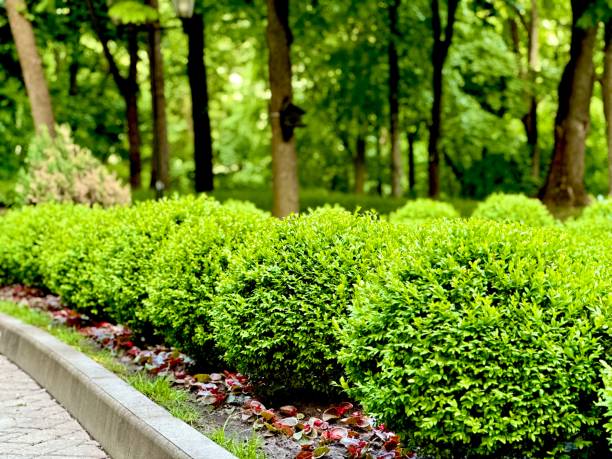
1. Year-Round Appeal
One of the main reasons Green Beauty Boxwood is loved by gardeners is its ability to provide year-round appeal. Unlike deciduous plants, which lose their leaves in winter, this evergreen shrub maintains its lush foliage through all seasons, offering continuous beauty and structure to gardens.
2. Versatile Landscaping Uses
Green Beauty Boxwood is incredibly versatile. It can be used as a formal hedge, an ornamental border, or even as a focal point in garden designs. Its compact growth habit makes it ideal for shaping into topiaries or low garden borders.
3. Easy Maintenance
Compared to many other shrubs, Green Beauty Boxwood requires relatively low maintenance. Its slow growth means it doesn’t need frequent pruning, and it is resistant to most pests and diseases. With proper care, it can thrive for years without much hassle.
4. Drought and Heat Tolerant
While all plants require water, Green Beauty Boxwood is known for its resilience to drought and heat, making it an excellent choice for regions with hot summers or inconsistent rainfall.
How to Plant Green Beauty Boxwood
1. Choosing the Right Location
Green Beauty Boxwood thrives best in partial to full sun. Ideally, it should receive at least four hours of sunlight per day. It’s also important to choose a well-draining site since boxwoods don’t like soggy soil.
2. Soil Requirements
Boxwoods prefer slightly acidic to neutral soil with a pH between 6.0 and 7.5. While they can tolerate a range of soil types, they do best in loamy, well-draining soils. Before planting, consider amending the soil with organic matter to improve drainage and nutrient availability.
3. Planting Steps
- Dig a Hole: Dig a hole twice as wide as the root ball of the plant and as deep as the root ball itself.
- Loosen the Roots: Gently loosen the roots of the Green Beauty Boxwood before placing it in the hole.
- Backfill with Soil: Fill the hole with soil, pressing down gently to remove air pockets.
- Water Well: Water the plant thoroughly after planting to help the roots establish.
Green Beauty Boxwood Care Tips
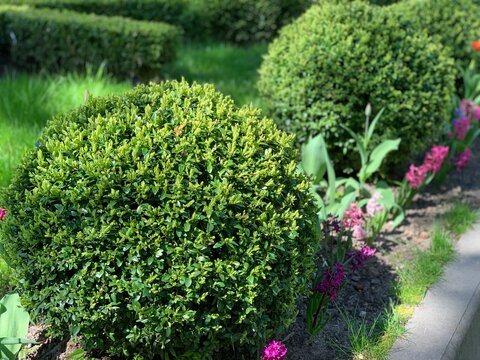
1. Watering
Although Green Beauty Boxwood is drought-tolerant, it’s important to water newly planted shrubs regularly to help them establish. Once established, water deeply but less frequently, ensuring the soil dries out between watering sessions. Too much water can cause root rot, so it’s important to check the soil’s moisture level before watering.
2. Mulching
Mulching around the base of the boxwood helps retain moisture, regulate soil temperature, and suppress weeds. Use a 2 to 3-inch layer of organic mulch, such as bark or compost, but be careful not to pile it against the trunk, as this can encourage disease.
3. Pruning and Shaping
Trimming helps keep the plant’s shape and promotes thicker growth. For formal hedges, it’s best to prune in late spring or early summer. Avoid heavy pruning in late fall, as it may stimulate new growth that can be damaged by frost. Use sharp, clean shears to avoid tearing the branches.
4. Fertilizing
Green Beauty Boxwood doesn’t require much fertilizer, but applying a balanced, slow-release fertilizer in early spring can encourage healthy growth. Avoid over-fertilizing, as this can lead to excessive growth that weakens the plant’s structure.
Common Pests and Problems
1. Boxwood Blight
Boxwood blight is a fungal disease that can cause leaves to turn brown and fall off. To avoid this issue, refrain from watering overhead and make sure the plant has proper air circulation. If you notice symptoms, prune affected branches and dispose of them to prevent the spread of the disease.
2. Leafminers
Leafminers are tiny insects that burrow into boxwood leaves, causing them to turn yellow. Insecticidal soaps or horticultural oils can help control leafminer populations, but it’s best to catch the infestation early for effective treatment.
3. Root Rot
As mentioned earlier, overwatering or poor drainage can lead to root rot, which can weaken or kill the plant. Make sure the soil drains properly and avoid planting in areas that tend to get waterlogged.
Green Beauty Boxwood in Landscaping
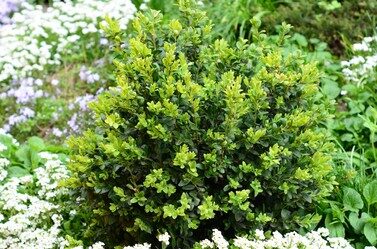
1. Creating Formal Hedges
Green Beauty Boxwood is often used to create neat, formal hedges. Its dense foliage and slow growth make it ideal for shaping into clean lines and well-defined borders. When planting a hedge, space the plants about 2 feet apart to allow for their mature size.
2. Adding Structure to Gardens
The compact, rounded form of Green Beauty Boxwood makes it perfect for adding structure to gardens. Whether planted in pots, borders, or as standalone specimens, this plant brings a sense of order and elegance to outdoor spaces.
3. Topiary and Ornamental Uses
Thanks to its dense foliage and ease of pruning, Green Beauty Boxwood is a popular choice for topiary. Whether shaped into simple spheres or intricate designs, it offers a fun and artistic way to add interest to your garden.
Conclusion
Green Beauty Boxwood is a hardy, attractive, and versatile shrub that brings year-round greenery to gardens. With its low-maintenance nature, drought tolerance, and flexibility in design, it’s no wonder that it remains a favorite among homeowners and landscapers alike. Whether you’re looking to create a formal hedge or add structure to your garden, Green Beauty Boxwood is a reliable and beautiful choice.
FAQs
Q1: How often should I water my Green Beauty Boxwood?
Water newly planted boxwoods regularly until they establish. After that, water deeply but infrequently, allowing the soil to dry out between waterings.
Q2: Can Green Beauty Boxwood tolerate full sun?
Yes, it can tolerate full sun, but it prefers partial shade in hotter climates to prevent leaf burn.
Q3: When is the best time to prune Green Beauty Boxwood?
The best time to prune is in late spring or early summer, after the new growth has emerged.
Q4: What are the common pests that affect Green Beauty Boxwood?
The most common pests include leafminers, spider mites, and boxwood psyllids. Regular inspection and treatment can prevent severe infestations.
